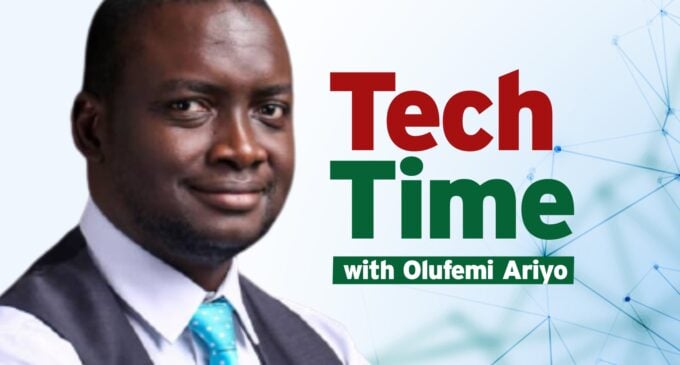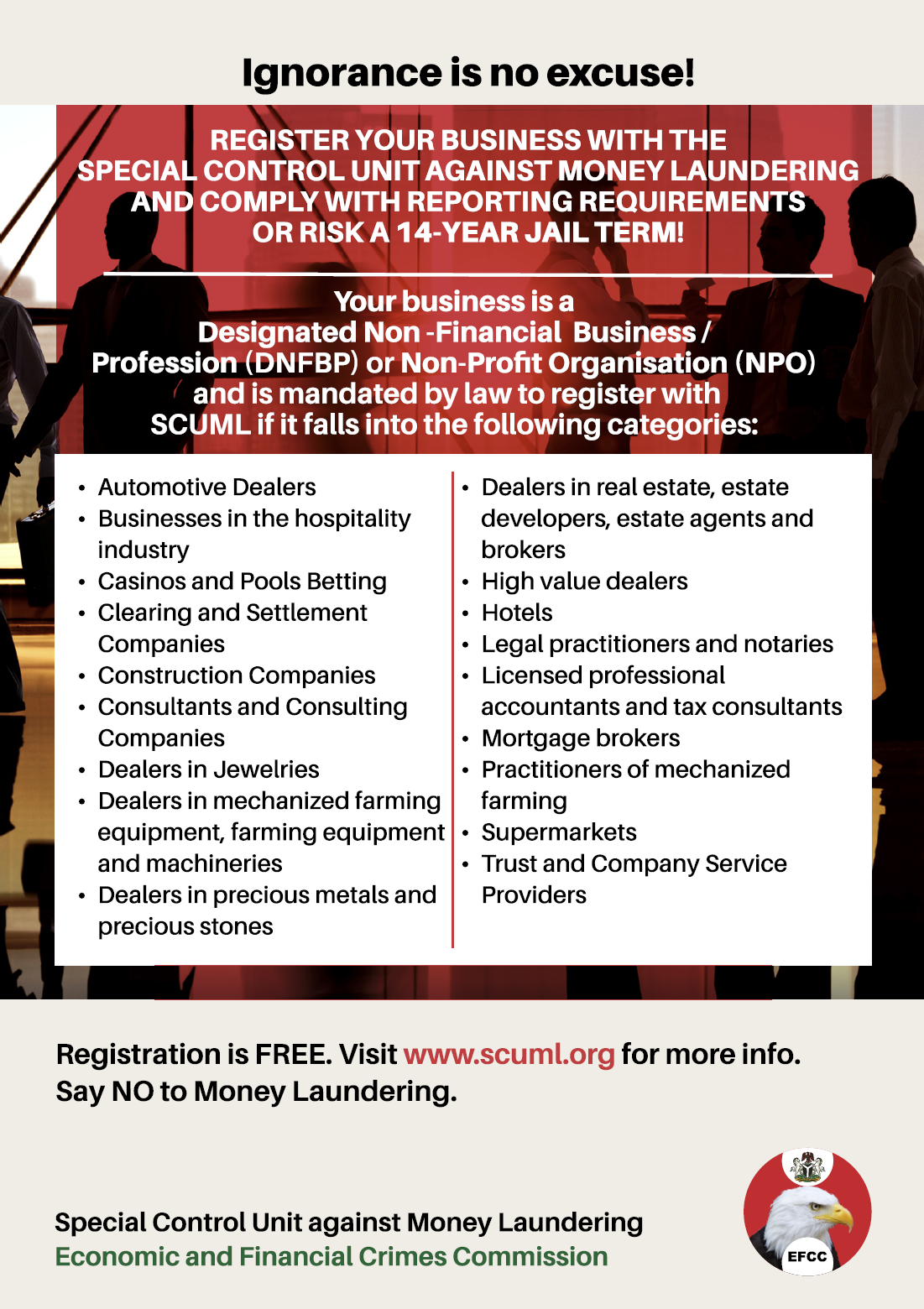Transforming lives: Digital financial inclusion and blockchain for social impact in Africa

This publication delves into the intersection of digital financial inclusion and blockchain technology, exploring innovative solutions that are reshaping economic landscapes in Africa. From leveraging mobile money to implementing blockchain-based remittances, this detailed study sheds light on the transformative impact of technology on financial inclusion and social development.
To realize financial inclusion, Africa has experienced a reawakening that is changing traditional banking and empowering communities such as MOBILE MONEY (FinTech). This few lines look at the profound impact of leveraging mobile money platforms in the provision of financial access to unbanked and underserved populations across the continent.
Noteworthy to say that Africa’s diverse and dynamic economic landscape poses unique challenges to traditional banking systems. Many people, especially in rural and remote areas, have restricted access to formal financial services. Mobile money, driven by basic mobile phones, has offered a game-changing convenient, secure, and inclusive means of financial transactions.
Additionally, we see that some components of Mobile Money are Mobile Wallets, where individuals can create digital accounts linked to their mobile numbers, enabling them to store, retrieve and manage funds. Mobile Banking Services provides access to simple banking services like deposits, withdrawals, and transfers via mobile devices. Mobile Payments facilitate transactions for goods and services using mobile devices, lowering the reliance on physical currency.
Notwithstanding, there are barriers such as Geographical Accessibility, where mobile money cuts through geographical constraints, reaching people and organizations in remote areas where traditional banking infrastructure is unavailable. Financial Literacy which makes financial transactions more accessible, even for people with limited financial literacy through mobile money. Cost-Effective as transaction costs associated with traditional banking are lowered, making financial services readily affordable for the mass market.
We will now consider some cases, M-Pesa in Kenya: A pioneer in mobile money, M-Pesa has drastically grown the Kenyan financial landscape, allowing millions to access banking services and powering economic growth. Orange Money in Côte d’Ivoire: has played a crucial role in deepening financial inclusion, particularly in Francophone Africa, delivering a range of mobile financial services.
Also, some economic empowerment through Mobile Money includes Entrepreneurship, where mobile money improves the growth of small businesses by offering a secure platform for transactions and payments. Agricultural Development, where Farmers can accept payments, access loans, and engage in financial planning via mobile money, leading to agricultural sustainability. Women Empowerment, Mobile money has particularly empowered “stay-at-home” women in Africa, allowing them to participate in the formal economy, save money, and develop financial independence.
Whereas, some challenges and prospects are that while mobile money has made significant strides, challenges such as regulatory frameworks, interoperability, and cybersecurity need continued attention. The future holds the promise of further innovation, including the integration of mobile money with other emerging technologies such as blockchain and decentralized finance (DeFi).
Another cutting-edge technology, BLOCKCHAIN, is changing cross-border transactions, offering swift and secure channels for transactions. We will look into the role of blockchain in reducing fees, enhancing transparency, and driving financial accessibility for diaspora communities. Some real-world examples will show the positive impact of blockchain-based remittance solutions on individuals and communities.
In Africa and the globe, the use of blockchain technology has been a notable force, redefining the way remittances are conducted. This section considers the impact of blockchain-based transactions in fostering efficiency, transparency, and financial accessibility across the African continent.
Traditionally, cross-border remittance systems have since been associated with challenges like high transaction fees, extended processing times, and non-clarity in the transfer process. These issues disproportionately affect individuals, particularly in Africa, who heavily rely on remittances for their financial well-being.
Blockchain technology, with its decentralized and secure nature, offers a unique solution to the challenges faced by traditional systems. By leveraging blockchain for cross-border transactions, remittances become faster, more cost-effective, and more transparent.
Some components of blockchain-based remittances include Decentralization, which streamlines intermediaries in the remittance process, lowering the need for multiple banking entities present in traditional transfers. Smart Contracts, include self-executing smart contracts that automate and enforce the terms of the remittance, ensuring secure and timely transactions. Cryptocurrencies, use digital currencies, often based on blockchain, to facilitate borderless transactions with minimal conversion fees.
Also, some benefits of blockchain-based remittances are Reduced Transaction Costs, where Blockchain removes the need for multiple intermediaries, significantly lowering transaction fees associated with cross-border remittances. Increased Speed, where Blockchain enables near-instantaneous fund transfers, addresses the issue of delays present in traditional remittance systems. Transparency and Traceability, blockchain transparency allows users to trace the entire remittance journey, ensuring accountability and reducing the risk of fraud. Financial Inclusion, where Blockchain-based remittances offer access to financial services for the unbanked and underbanked populations, further deepening financial inclusion.
We will now consider two use cases in Africa such as BitPesa (Now known as AZA Finance) in Kenya, which makes use of blockchain to drive remittances, showing how technology can improve financial accessibility and reduce costs. Stellar and Flutterwave Partnership, Stellar blockchain collaborated with Flutterwave to demonstrate the potential of blockchain in enabling seamless cross-border transactions.
While blockchain-based remittances offer numerous benefits, challenges such as regulatory uncertainty, scalability issues, and cryptocurrency volatility need to be addressed. Collaboration between governments, financial institutions, and blockchain innovators is crucial for creating an environment conducive to the widespread adoption of this technology.
The future of cross-border transactions in Africa is undoubtedly intertwined with blockchain technology. As more solutions emerge, the landscape will likely witness increased efficiency, reduced costs, and expanded financial inclusion, ultimately empowering individuals and communities across the continent.
The third technology in this category is the integration of SMART CONTRACTS into microfinance initiatives, which we explore as a means to automate processes and enhance transparency in lending and repayments. This section evaluates the potential for reducing risks and improving financial inclusion outcomes through the seamless integration of microfinance and blockchain technology.
Microfinance has long been a driver of economic empowerment, especially in regions where traditional banking services are scarce. We explore the synergy between microfinance initiatives and blockchain’s smart contracts, examining how this technological integration is deepening financial inclusion across the globe.
Microfinance institutions (MFIs) play a crucial role in providing financial services to individuals in underserved and economically vulnerable communities. These services include small loans, savings, and insurance, enabling individuals to start or expand small businesses, leading to poverty reduction and community development.
However, some challenges in traditional Microfinance are that while microfinance has demonstrated its efficacy, traditional models face challenges such as manual paperwork, high operational costs, and potential human errors. These challenges block the scalability and efficiency needed to meet the growing demand for financial services in diverse and remote areas.
Smart contracts (self-executing contracts) with the terms of the agreement directly written into code, offer a technological solution to the challenges faced by traditional microfinance. By automating processes, reducing paperwork, and enhancing transparency, smart contracts present a promising avenue for transforming microfinance initiatives.
Some of the components of Microfinance with smart contracts are Automation of Loan Agreements, where smart contracts automate the loan disbursal and repayment process, making sure that contractual terms are executed without the need for intermediaries; Transparency and Accountability, the transparent nature of smart contracts allows all stakeholders to track transactions in real-time, improving trust between lenders and borrowers; and Reduced Operational Costs, where automation eliminates the need for manual intervention, cutting operational costs and making microfinance more scalable.
We will now consider some pluses of integrating Smart Contracts into Microfinance, such as Efficiency, where smart contracts reduce the time and resources required for microfinance transactions, making financial services more accessible; Financial Inclusion, where smart contracts automations enables the provision of financial services to remote and underserved populations, expanding the reach of microfinance initiatives; Risk Mitigation, where smart contracts include predefined conditions for risk management, helping to mitigate the impact of external factors on the microfinance ecosystem.
Besides, some useful cases include Ethereum-Based Microfinance Platforms: Initiatives like Aavegotchi are using Ethereum’s smart contract capabilities to improve decentralized microfinance, showcasing the potential for a borderless and transparent financial ecosystem. Cardano’s Involvement in Financial Inclusion: Cardano’s blockchain is being utilized in microfinance projects, showing the adaptability of blockchain technologies in various financial landscapes.
Notwithstanding, challenges and considerations are Regulatory Compliance: Navigating regulatory frameworks poses challenges, and it’s essential to align smart contract-based microfinance initiatives with local regulations. User Education: Ensuring that users, particularly those in remote areas, understand the technology and its implications is crucial for successful implementation.
As technology continues to evolve, the future of microfinance lies in the hands of smart contracts. Continued research, collaboration between fintech innovators and regulatory bodies, and a focus on user education will be pivotal in realizing the full potential of this transformative synergy.
In conclusion, this publication serves as a guide to the transformative power of digital financial inclusion and blockchain technology in Africa, illustrating how these innovations are creating pathways to economic empowerment and social impact across the continent.
Thank you for the investment in time, and I am open to discussions on furthering these thoughts. To be alerted each time I create a new post, follow my Medium: https://medium.com/@roariyo and LinkedIn: https://www.linkedin.com/in/olufemi-ariyo-923ba6130/ or send an email to [email protected]














There are no comments at the moment, do you want to add one?
Write a comment